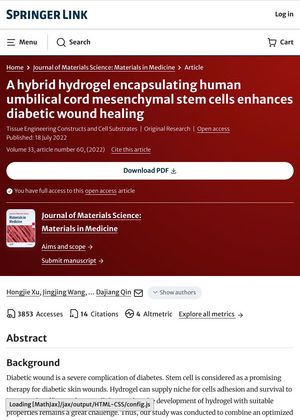TLDR A new hydrogel with stem cells from the human umbilical cord speeds up healing in diabetic wounds.
The study developed a hydrogel from gelatin methacrylate and chitosan-catechol to encapsulate human umbilical cord-mesenchymal stem cells (hUMSCs) for treating full-thickness diabetic wounds. The optimal hydrogel was 10% GelMA, which improved hUMSCs adhesion, proliferation, and differentiation in vitro. The hUMSCs, when used with the optimized hydrogel, accelerated the diabetic wound healing process, including faster wound closure, reduced secretion of inflammatory factors TNF-α and IL-1β, and increased vascular regeneration and collagen deposition. This suggests that the optimized hydrogel encapsulating hUMSCs could be a promising treatment for diabetic complications.
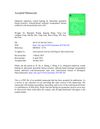 48 citations
,
July 2019 in “International Journal of Biological Macromolecules”
48 citations
,
July 2019 in “International Journal of Biological Macromolecules” A new hydrogel with stem cells from human umbilical cords improves skin wound healing and reduces inflammation.
42 citations
,
April 2016 in “Plastic and reconstructive surgery/PSEF CD journals” The hydrogel with fractionated PRP improves skin regeneration by enhancing wound healing and growth of skin structures.
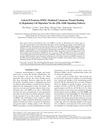 45 citations
,
April 2013 in “Cell Transplantation”
45 citations
,
April 2013 in “Cell Transplantation” Activin B improves wound healing and hair growth by helping stem cells move using certain cell signals.
527 citations
,
December 2011 in “Proceedings of the National Academy of Sciences” Dextran hydrogels improve burn wound healing and skin regeneration.
76 citations
,
February 2024 in “International Journal of Molecular Sciences” Hydrogels show promise for improving skin wound healing.
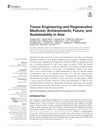 119 citations
,
March 2020 in “Frontiers in Bioengineering and Biotechnology”
119 citations
,
March 2020 in “Frontiers in Bioengineering and Biotechnology” Asia has made significant progress in tissue engineering and regenerative medicine, but wider clinical use requires more development.
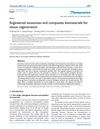 1 citations
,
January 2024 in “Theranostics”
1 citations
,
January 2024 in “Theranostics” Exosomes show promise for future tissue regeneration.
 8 citations
,
May 2023 in “Gels”
8 citations
,
May 2023 in “Gels” Chitosan hydrogels are promising for repairing blood vessels but need improvements in strength and compatibility.
 January 2024 in “Regenerative Biomaterials”
January 2024 in “Regenerative Biomaterials” Metal organic frameworks-based scaffolds show promise for tissue repair due to their unique properties.
